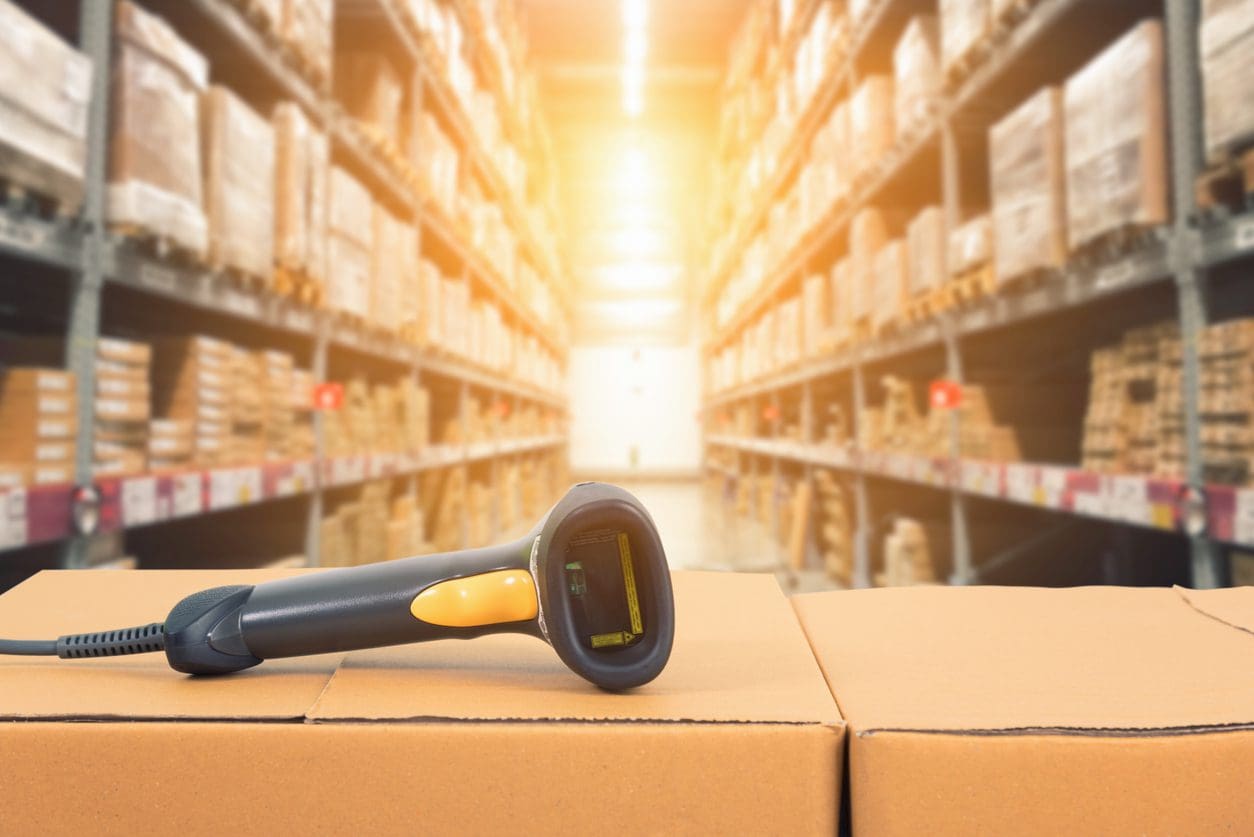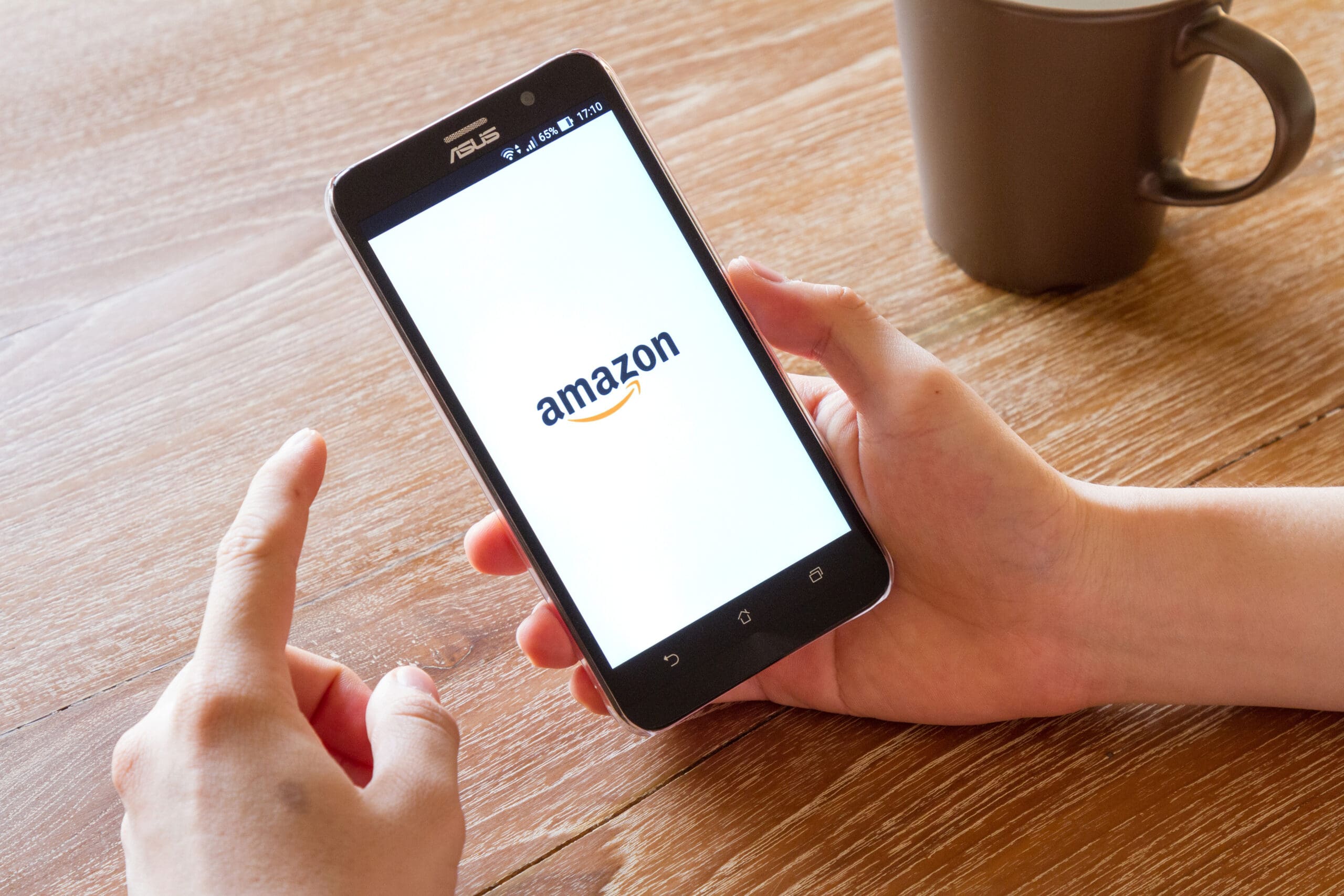Most merchants begin selling on a single sales channel. They may start out with an Amazon store, their own ecommerce site, or even a brick and mortar storefront. Eventually, that single channel will begin to show limitations. There are only so many ways to drive traffic to a single point of entry. When a business reaches a point that it’s time to expand their reach, it’s time to consider multichannel retailing: listing products on multiple sales channels to gain more exposure and ultimately more sales.
A multichannel merchant will list their products on multiple online marketplaces (like Amazon, Walmart Marketplace, eBay, and Wayfair), a branded ecommerce site (often powered by a digital shopping cart like Shopify or BigCommerce), social media channels, and Google Shopping (through the Google Merchant Center).
If you’re beginning to see the limitations of selling through a single platform, this guide will help you identify the benefits of multichannel retailing for your business as well as next steps for adopting a multichannel strategy.
5 Reasons to Go Multichannel
- Multiple Touchpoints
Today’s shoppers have an endless number of choices, whether shopping online or in-store. And consumers are savvy — researching even small purchases to compare prices, read reviews, and watch unboxing videos before making a purchase. In fact, according to a study by Harvard Business Review, 73% of shoppers used multiple sales channels during their buying journey. This means that in order to stay top of mind for your best customers, you need to create multiple touch points to guide them through their journey.
- Eliminate Single Points of Failure
Multichannel retail also eliminates single points of failure in a merchant’s business model. Marketplace forums like Amazon Seller Central are rife with stories of sellers being booted for a simple misunderstanding of terms, in-store sales plummeted during 2020 lockdowns, and a security breach or backend failure on your ecommerce can quickly turn users away from an online store. Building a web of multiple sales channels decreases risk by eliminating a single point of failure in the sales funnel.
- Expand Market Share
While most shoppers are using multiple channels in their shopping journey, not all shoppers are frequenting the same channels. In order to get in front of all of your potential customers, your products must be available where your customers are already shopping.
- Increase Brand Awareness
It’s unlikely that a shopper is ready to make a purchase at the point of their first interaction with your brand. A complete multichannel ecommerce strategy includes retargeting ads on social, partnerships with influencers to build brand equity, and positive reviews on marketplaces. Together these efforts build brand awareness and ensure that your brand is top of mind when consumers do decide to purchase.
- Drive Up Profit Margins
Not all sales channels have the same profit margin, which may lead you to believe that you should avoid less profitable channels. Less profitable channels, however, can be leveraged to drive traffic to more profitable ones. Amazon, for example, tends to have higher overhead and advertising costs, but 66% of shoppers begin their product search on Amazon. Without having a presence on Amazon, you could be missing out on the opportunity to introduce your product to those shoppers at the beginning of their purchasing journey.
But although many shoppers are using Amazon as a product search engine, they aren’t necessarily making their final purchase there. Amazon can be a platform to introduce your brand to new shoppers and direct them to your more profitable channels like your ecommerce storefront, where you likely carry more products that aren’t available in your Amazon store.
How to Go Multichannel
Most ecommerce experts agree that the best approach to adopting a multichannel model is to first master your primary channel. Whether your business started out on Amazon or its own website, it’s important to really understand your customer base, have a following of brand advocates, and iron out your internal processes before adding additional sales channels.
Clearly, the more channels you add, the more complicated day-to-day operations of managing your business. However, there are tools and partnerships that can automate and simplify the sales process and supply chain. Below are three tips for streamlining your approach to multichannel retailing.
- Consider a multichannel listing software:
A multichannel listing software will simplify and automate many of the day-to-day processes of managing multiple sales channels. Most of these softwares will integrate with all of your sales channels through a single easy-to-use dashboard that shows a high-level overview of all of your product listings. The dashboard’s reporting will help you assess which of your channels are performing best and why.
Your multichannel listing software should also allow you to perform bulk uploads of product listings, automatically populating each channel with compliant content so you can launch new products quickly and simultaneously across all channels.
Many multichannel listing softwares also offer automatic repricing functions so you can stay competitive across sales channels. However, it may not always be in the best interest of your business to rely on automatic repricing. Winning the buy box may not always be worth cutting your margins, and it takes a human touch to know when to under-cut competitors and when it may actually be better to raise prices.
- Find a multichannel fulfillment solution:
Evolving customer expectations around fulfillment and delivery already poses a challenge to many small to mid-sized merchants. The added complexity of managing fulfillment across multiple channels may feel like an insurmountable task for quickly-growing businesses. For this reason, most multichannel merchants choose to outsource their fulfillment to a 3PL or similar fulfillment partner.
Finding the right multichannel warehousing and fulfillment partner will lessen the operational burden on your internal team, allowing you to focus on your core competencies like product development, marketing, and customer service. It’s important to find a partner that prioritizes technology to integrate seamlessly with your current tech stack and allow you to monitor and manage your fulfillment and delivery across all channels through a single platform. Looking for a multichannel fulfillment solution? Reach out to a supply chain expert at Ware2Go.
- Develop a multichannel marketing strategy:
When working with a limited inventory across multiple sales channels, it’s important to align your marketing strategy with your inventory availability across each channel. Pushing paid advertising to an out-of-stock product listing wastes advertising dollars and results in a frustrating customer experience. By finding a fulfillment solution that integrates with your multichannel listing software, you will have the ability to quickly view inventory levels across all channels with integrated demand forecasting to minimize missed opportunities and allocate more marketing dollars to the appropriate channels.
This is a guest post by Ware2Go
Ware2Go Bio:
Ware2Go, a UPS company, offers a nationwide on-demand fulfillment network and integrated tech platform that enables merchants of any size to offer one-to-two- day shipping. Ware2Go’s flexible fulfillment solution is helping merchants build smarter fulfillment networks to increase service levels while controlling final mile delivery costs.









